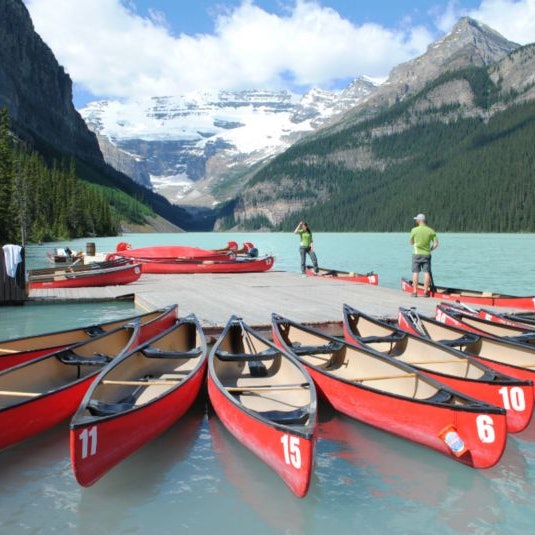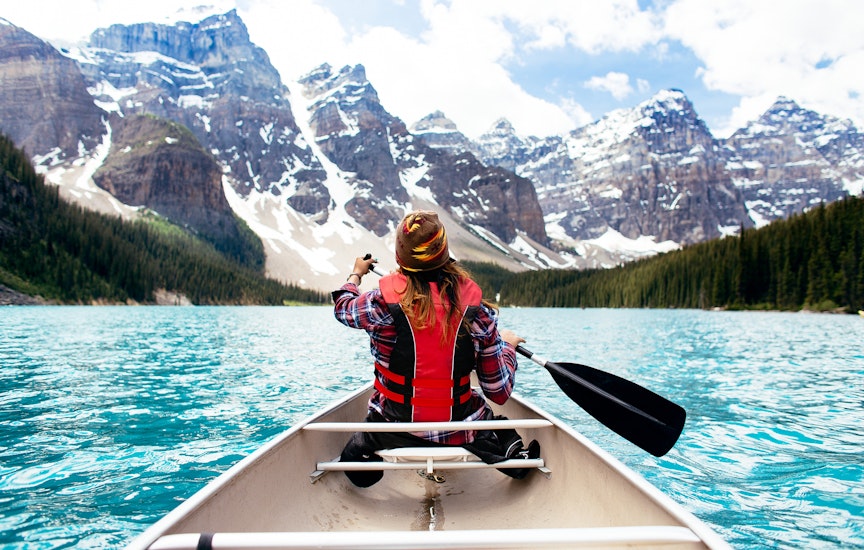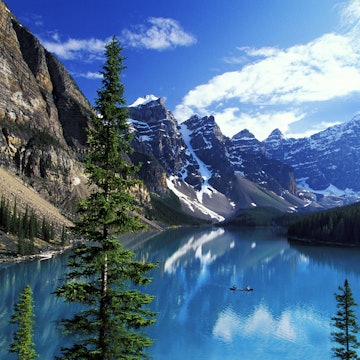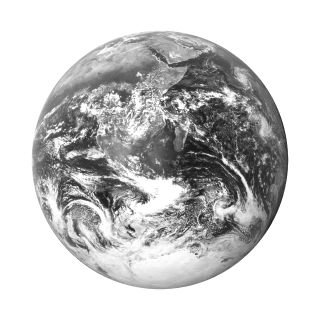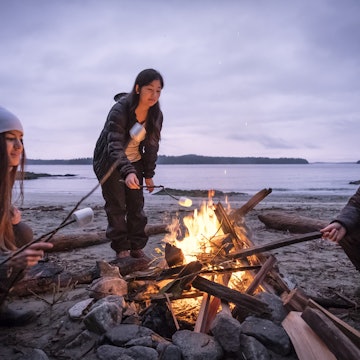
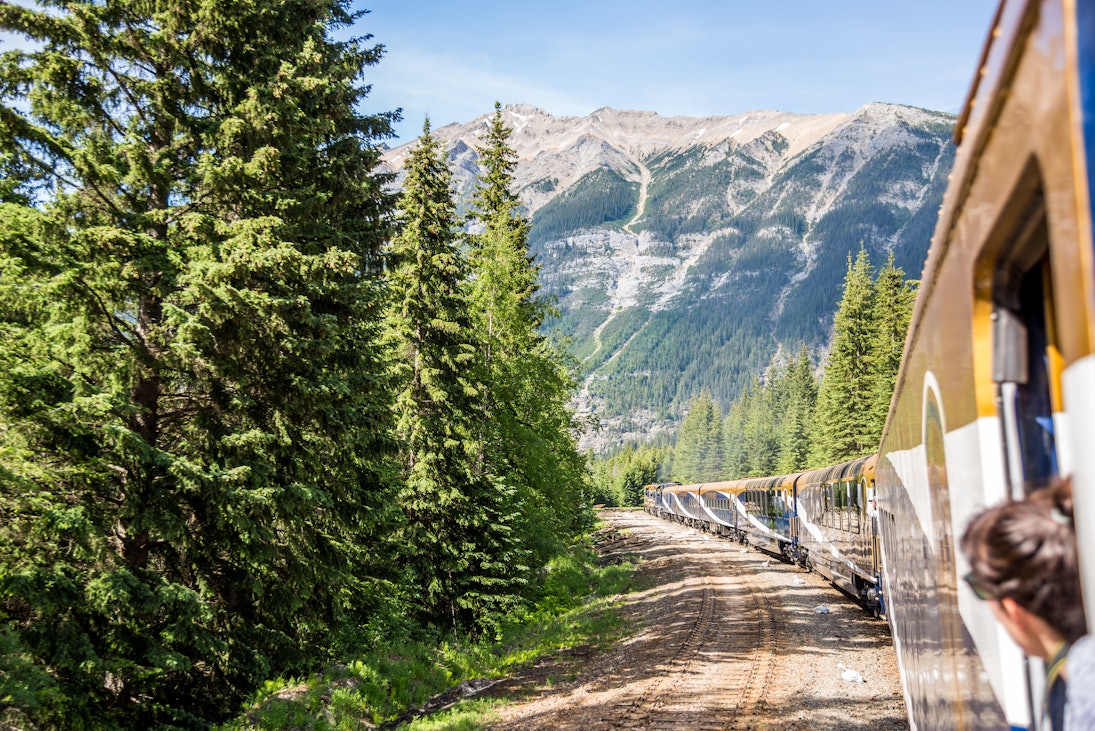
Getty Images
Overview
If you’re searching for the promised land, there's a good chance you'll find it somewhere in the endless forests, inlet-punctuated coastline and meat-cleaver mountain ranges of Western Canada.
Leave the planning to a local expert
Experience the real British Columbia & The Canadian Rockies. Let a local expert handle the planning for you.
Must-see attractions
Planning Tools
Expert guidance to help you plan your trip
Best Places to Visit
With its formidable mountain ranges, city-sized glaciers and vast food-chain of fauna, here are 12 great ideas for traveling in British Columbia
Read full article
Get a book. Get inspired. Get exploring.
in partnership with getyourguide







